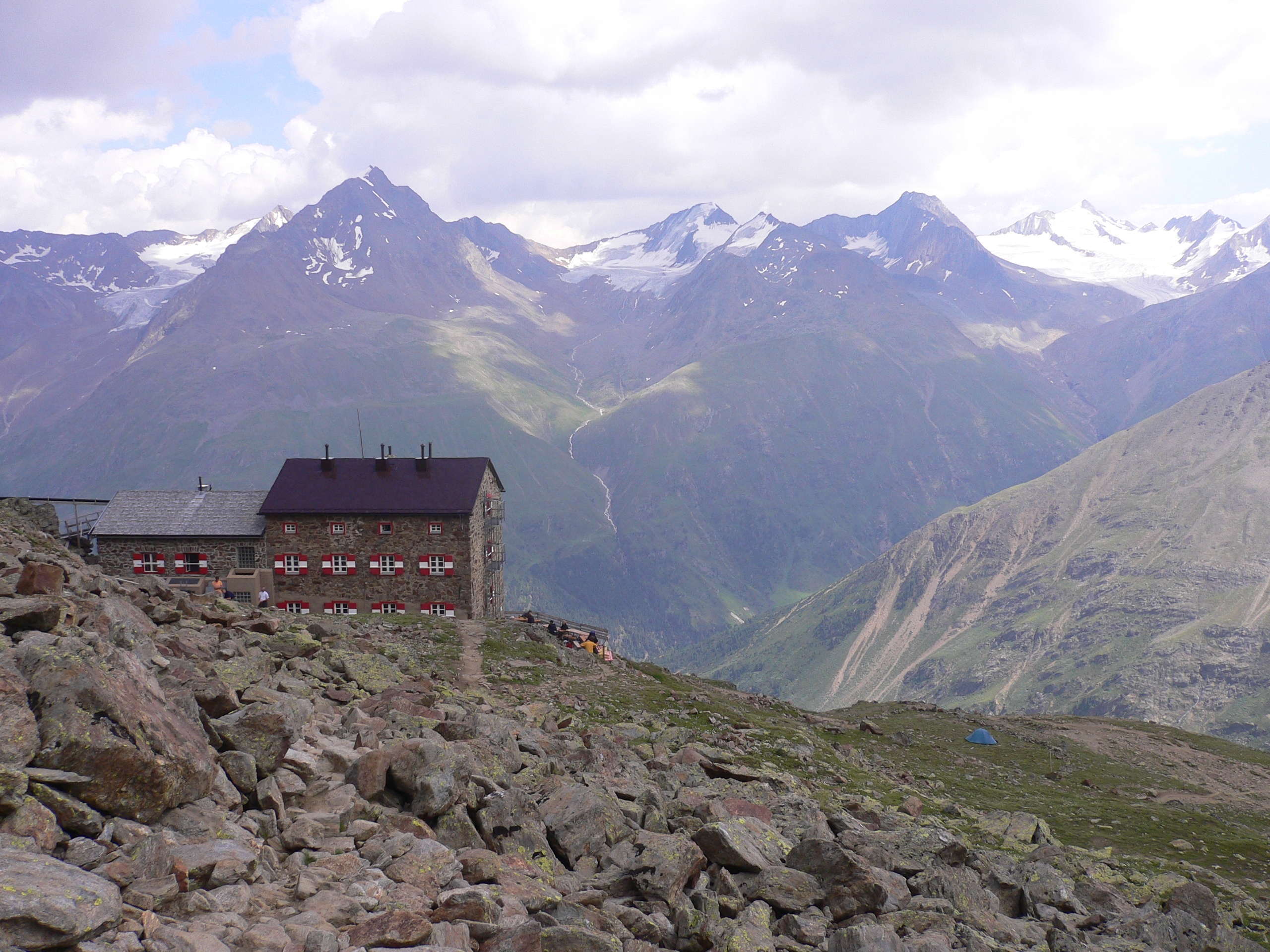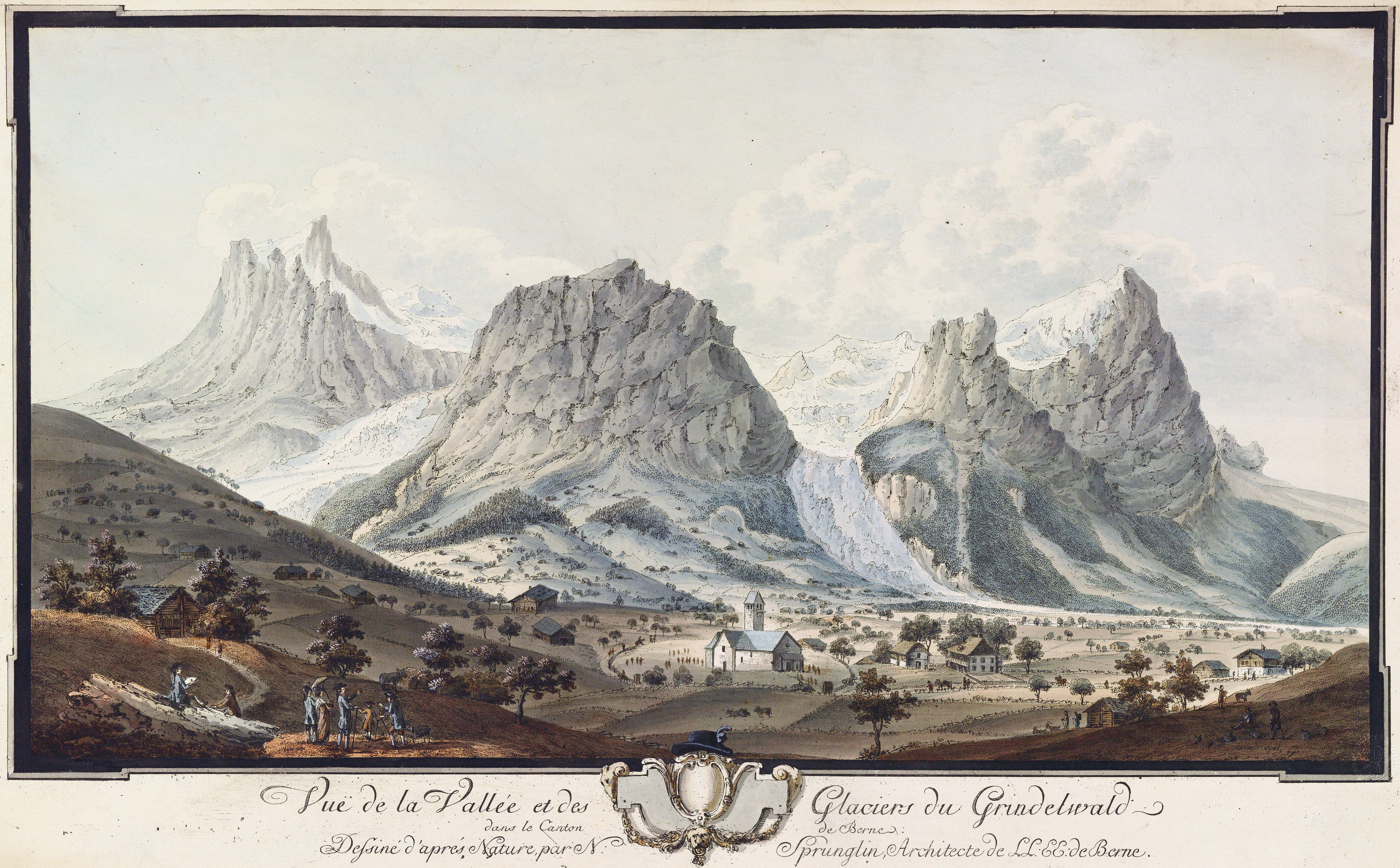|
Mittellegi Hut
The Mittellegi Hut (German: ''Mittellegihütte'') (3,355 m) is a mountain hut in the Swiss Alps, located on the Mittellegi ridge of the Eiger above Grindelwald. It is the highest mountain hut in the canton of Bern. Its construction was funded by Maki Yūkō, a Japanese climber, in 1924 as a memorial of his world first climb to the Eiger. See also * List of buildings and structures above 3000 m in Switzerland References *Swisstopo topographic maps *Maki Yūkō , also known as Maki Aritsune (using the native Japanese reading of the characters of his given name;Yūkō is the Sino-Japanese reading.), was a Japanese mountain climber. Early life and education Maki climbed Mount Fuji at the age of ten an ... External links Mittellegi Hut on Hikr Mountain huts in Switzerland Eiger Mountain huts in the Alps {{switzerland-struct-stub ... [...More Info...] [...Related Items...] OR: [Wikipedia] [Google] [Baidu] |
German Language
German ( ) is a West Germanic language mainly spoken in Central Europe. It is the most widely spoken and official or co-official language in Germany, Austria, Switzerland, Liechtenstein, and the Italian province of South Tyrol. It is also a co-official language of Luxembourg and Belgium, as well as a national language in Namibia. Outside Germany, it is also spoken by German communities in France ( Bas-Rhin), Czech Republic (North Bohemia), Poland ( Upper Silesia), Slovakia (Bratislava Region), and Hungary ( Sopron). German is most similar to other languages within the West Germanic language branch, including Afrikaans, Dutch, English, the Frisian languages, Low German, Luxembourgish, Scots, and Yiddish. It also contains close similarities in vocabulary to some languages in the North Germanic group, such as Danish, Norwegian, and Swedish. German is the second most widely spoken Germanic language after English, which is also a West Germanic language. German ... [...More Info...] [...Related Items...] OR: [Wikipedia] [Google] [Baidu] |
Mountain Hut
A mountain hut is a building located high in the mountains, generally accessible only by foot, intended to provide food and shelter to mountaineers, climbers and hikers. Mountain huts are usually operated by an Alpine Club or some organization dedicated to hiking or mountain recreation. They are known by many names, including alpine hut, mountain shelter, mountain refuge, mountain lodge, and mountain hostel. It may also be called a refuge hut, although these occur in lowland areas (e.g. lowland forests) too. Mountain huts can provide a range of services, starting with shelter and simple sleeping berths. Some, particularly in remote areas, are not staffed, but others have staff which prepare meals and drinks and can provide other services, including providing lectures and selling clothing and small items. Mountain huts usually allow anybody to access their facilities, although some require reservations. While shelters have long existed in mountains, modern hut systems date ba ... [...More Info...] [...Related Items...] OR: [Wikipedia] [Google] [Baidu] |
Swiss Alps
The Alpine region of Switzerland, conventionally referred to as the Swiss Alps (german: Schweizer Alpen, french: Alpes suisses, it, Alpi svizzere, rm, Alps svizras), represents a major natural feature of the country and is, along with the Swiss Plateau and the Swiss portion of the Jura Mountains, one of its three main physiographic regions. The Swiss Alps extend over both the Western Alps and the Eastern Alps, encompassing an area sometimes called Central Alps. While the northern ranges from the Bernese Alps to the Appenzell Alps are entirely in Switzerland, the southern ranges from the Mont Blanc massif to the Bernina massif are shared with other countries such as France, Italy, Austria and Liechtenstein. The Swiss Alps comprise almost all the highest mountains of the Alps, such as Dufourspitze (4,634 m), the Dom (4,545 m), the Liskamm (4,527 m), the Weisshorn (4,506 m) and the Matterhorn (4,478 m). The other following major summits can be found in this list of m ... [...More Info...] [...Related Items...] OR: [Wikipedia] [Google] [Baidu] |
Eiger
The Eiger () is a mountain of the Bernese Alps, overlooking Grindelwald and Lauterbrunnen in the Bernese Oberland of Switzerland, just north of the main watershed and border with Valais. It is the easternmost peak of a ridge crest that extends across the Mönch to the Jungfrau at , constituting one of the most emblematic sights of the Swiss Alps. While the northern side of the mountain rises more than 3,000 m (10,000 ft) above the two valleys of Grindelwald and Lauterbrunnen, the southern side faces the large glaciers of the Jungfrau-Aletsch area, the most glaciated region in the Alps. The most notable feature of the Eiger is its nearly north face of rock and ice, named ''Eiger-Nordwand'', ''Eigerwand'' or just ''Nordwand'', which is the biggest north face in the Alps. This huge face towers over the resort of Kleine Scheidegg at its base, on the eponymous pass connecting the two valleys. The first ascent of the Eiger was made by Swiss guides Christian Almer a ... [...More Info...] [...Related Items...] OR: [Wikipedia] [Google] [Baidu] |
Grindelwald
Grindelwald is a village and municipality in the Interlaken-Oberhasli administrative district in the canton of Berne. In addition to the village of Grindelwald, the municipality also includes the settlements of Alpiglen, Burglauenen, Grund, Itramen, Mühlebach, Schwendi, Tschingelberg and Wargistal. Grindelwald village is located at above sea level. Mentioned for the first time in 1146, it has become a major tourist destination of both Switzerland and the Alps since the golden age of alpinism in the 19th century. It is notably overlooked by the section of the Bernese Alps from the Wetterhorn to the Eiger, making up a huge natural barrier. Together with the adjacent valley of Lauterbrunnen, the valley of Grindelwald forms part of the Jungfrau Region of the Bernese Oberland, between Interlaken and the main crest of the Bernese Alps. Similarly to Lauterbrunnen, Grindelwald is connected to Interlaken by the Bernese Oberland Railway and is the start of the Wengernalp Railwa ... [...More Info...] [...Related Items...] OR: [Wikipedia] [Google] [Baidu] |
Canton Of Bern
The canton of Bern or Berne (german: Kanton Bern; rm, Chantun Berna; french: canton de Berne; it, Canton Berna) is one of the 26 cantons forming the Swiss Confederation. Its capital city, Bern, is also the ''de facto'' capital of Switzerland. The bear is the heraldic symbol of the canton, displayed on a red-yellow background. Comprising ten districts, Bern is the second-largest canton by both surface area and population. Located in west-central Switzerland, it is surrounded by eleven cantons. It borders the canton of Jura and the canton of Solothurn to the north. To the west lie the canton of Neuchâtel, the canton of Fribourg and canton of Vaud. To the south lies the canton of Valais. East of the canton of Bern lie the cantons of Uri, Nidwalden, Obwalden, Lucerne and Aargau. The geography of the canton includes a large share of all three natural regions of Switzerland: the Jura Mountains (the Bernese Jura), the Swiss Plateau (the Bernese Mittelland) and the Alps (the ... [...More Info...] [...Related Items...] OR: [Wikipedia] [Google] [Baidu] |
Maki Yūkō
, also known as Maki Aritsune (using the native Japanese reading of the characters of his given name;Yūkō is the Sino-Japanese reading.), was a Japanese mountain climber. Early life and education Maki climbed Mount Fuji at the age of ten and made many climbs in his teens, including Mount Aso. He established a climbing club while studying law at Keio University in Tokyo, from which he graduated in 1919. He continued his studies in the United States and Great Britain. Climbing career During the period 1919 to 1921, he made numerous climbs in Switzerland, and on 10 September 1921, he made the first ascent of the Eiger by the Mittellegigrat (northeast ridge) with mountain guides Fritz Amatter, Samuel Brawand and Fritz Steuri. He made a donation of 10,000 Swiss francs toward the construction of the Mittellegi Hut. In 1922, he made the first winter ascent of Mount Yari () in Japan. In 1925, with five other Japanese mountaineers and three Swiss mountain guides, he made the ... [...More Info...] [...Related Items...] OR: [Wikipedia] [Google] [Baidu] |
List Of Buildings And Structures Above 3000 M In Switzerland
This is a list of buildings and infrastructures above in Switzerland. As this height approximately corresponds to the level of the climatic snow line in the Alps, infrastructures located above it are generally subject to harsh weather conditions and are more difficult to build. This list also includes structures located precisely on the Italian border (*) that could be partially in Switzerland. List See also *List of highest railway stations in Switzerland * List of mountains of Switzerland above 3000 m * List of mountain huts in the Alps References *Swisstopo Swisstopo is the official name for the Swiss Federal Office of Topography (in German: ''Bundesamt für Landestopografie''; French: ''Office fédéral de topographie''; Italian: ''Ufficio federale di topografia''; Romansh: ''Uffizi federal ... topographic maps {{reflist * Mountaineering in Switzerland ... [...More Info...] [...Related Items...] OR: [Wikipedia] [Google] [Baidu] |
Swisstopo
Swisstopo is the official name for the Swiss Federal Office of Topography (in German: ''Bundesamt für Landestopografie''; French: ''Office fédéral de topographie''; Italian: ''Ufficio federale di topografia''; Romansh: ''Uffizi federal da topografia''), Switzerland's national mapping agency. The current name was made official in 2002. It had been in use as the domain name for the institute's homepage, swisstopo.ch, since 1997. Maps The main class of products produced by Swisstopo are topographical maps on seven different scales. Swiss maps have been praised for their accuracy and quality. Regular maps * 1:25.000. This is the most detailed map, useful for many purposes. Those are popular with tourists, especially for famous areas like Zermatt and St. Moritz. These maps cost CHF 13.50 each (2004). 208 maps on this scale are published at regular intervals. The first map published on this scale was ''1125 Chasseral'', in 1952. The last map published on this scale was '' ... [...More Info...] [...Related Items...] OR: [Wikipedia] [Google] [Baidu] |
Mountain Huts In Switzerland
A mountain is an elevated portion of the Earth's crust, generally with steep sides that show significant exposed bedrock. Although definitions vary, a mountain may differ from a plateau in having a limited summit area, and is usually higher than a hill, typically rising at least 300 metres (1,000 feet) above the surrounding land. A few mountains are isolated summits, but most occur in mountain ranges. Mountains are formed through tectonic forces, erosion, or volcanism, which act on time scales of up to tens of millions of years. Once mountain building ceases, mountains are slowly leveled through the action of weathering, through slumping and other forms of mass wasting, as well as through erosion by rivers and glaciers. High elevations on mountains produce colder climates than at sea level at similar latitude. These colder climates strongly affect the ecosystems of mountains: different elevations have different plants and animals. Because of the less hospitable terrain and ... [...More Info...] [...Related Items...] OR: [Wikipedia] [Google] [Baidu] |








